Description
TRICONEX HCU3700: Fault-Tolerant Control for Critical Process Shutdowns
You know how a single sensor glitch can cascade into million-dollar downtime? That’s where the HCU3700 earns its keep. From my time onsite at Gulf Coast refineries, I’ve seen this triple-modular redundant PLC swallow power surges, wiring faults, and even controller crashes without breaking process continuity. One petrochemical client told me it prevented a $2M/hour ethylene plant trip during a lightning storm – all because its three CPUs voted out the faulty signal before the safety system even blinked.
Why Plant Engineers Keep This in Their Back Pocket
- Triple-voting architecture – Three independent CPUs cross-check every input/output. In practice? I’ve watched it isolate a failed I/O module during ammonia synthesis without triggering unnecessary shutdowns.
- SIL 3 certified by TÜV – Not just paperwork. Last month, a fertilizer plant passed their audit because the HCU3700’s diagnostics caught a creeping temperature sensor drift days before it hit critical limits.
- Hot-swappable everything – Changed a power supply during continuous polymer production last quarter. Took 90 seconds with zero process interruption. Try that with standard PLCs.
- Legacy system whisperer – Typically interfaces with 4-20mA, HART, and Modbus devices from the 90s. One client’s 1998 turbine controls still talk happily to this via the optional comms module.
Specs That Hold Up Under Scrutiny
| Parameter | Detail |
|---|---|
| Brand/Model | TRICONEX HCU3700 |
| HS Code | 8537.10.0000 (Programmable controllers) |
| Power Requirements | 100-240V AC ±10%, 50/60Hz (dual redundant supplies standard) |
| Operating Temp | 0°C to 60°C – but in desert installations, I’ve seen it run reliably at 63°C with proper cabinet airflow |
| Signal I/O | Analog: 4-20mA, ±10V; Digital: Dry contact/NAMUR; HART support via comms card |
| Installation | 19″ rack mount (5U height) – needs 100mm clearance above for cooling. Don’t cram it next to VFDs; keep EMI sources at least 300mm away. |
Where It Pulls Double Duty
Refineries use these for emergency shutdown (ESD) systems where a false trip means burning through $500k/hour in lost production. In LNG terminals, they guard compressor trains – one facility in Qatar runs six HCU3700s handling cryogenic valve sequencing. Interestingly, pharma plants are adopting them too; that sterile barrier integrity system at a Pfizer plant? Runs on this because FDA auditors demand proof of continuous fault tolerance.
The Real Procurement Math
Yes, it costs more upfront than standard PLCs. But when your alternative is $1.2M in downtime per unplanned shutdown? That ROI calculation gets interesting fast. From what I’ve seen, plants recoup the premium in under two years by avoiding just one major incident. Plus, the 365-day warranty covers field failures – not just bench testing – which matters when your tech is troubleshooting at 2AM in a rainstorm.
Keeping It Running Smoothly
Mount it in a NEMA 4X cabinet with forced ventilation if ambient exceeds 55°C. One common oversight: technicians forget to torque terminal screws to 0.6 Nm – leads to intermittent faults during vibration. For maintenance, run the built-in diagnostics monthly (takes 8 minutes) and swap backup batteries every 5 years. Firmware updates? Schedule them during turnarounds; the process takes 22 minutes with zero process interruption.
Certifications That Actually Matter
TÜV-certified SIL 3 (IEC 61508), FM/CSA Class I Div 2 for hazardous areas, and full CE marking. The RoHS compliance isn’t just paperwork – we’ve had electronics recyclers confirm the lead-free solder holds up better in high-vibration environments. Oh, and delivery: 50% deposit locks production, balance due before FedEx/UPS/DHL shipment. In-stock units ship in 5 business days; custom configs take up to four weeks but include free engineering validation.
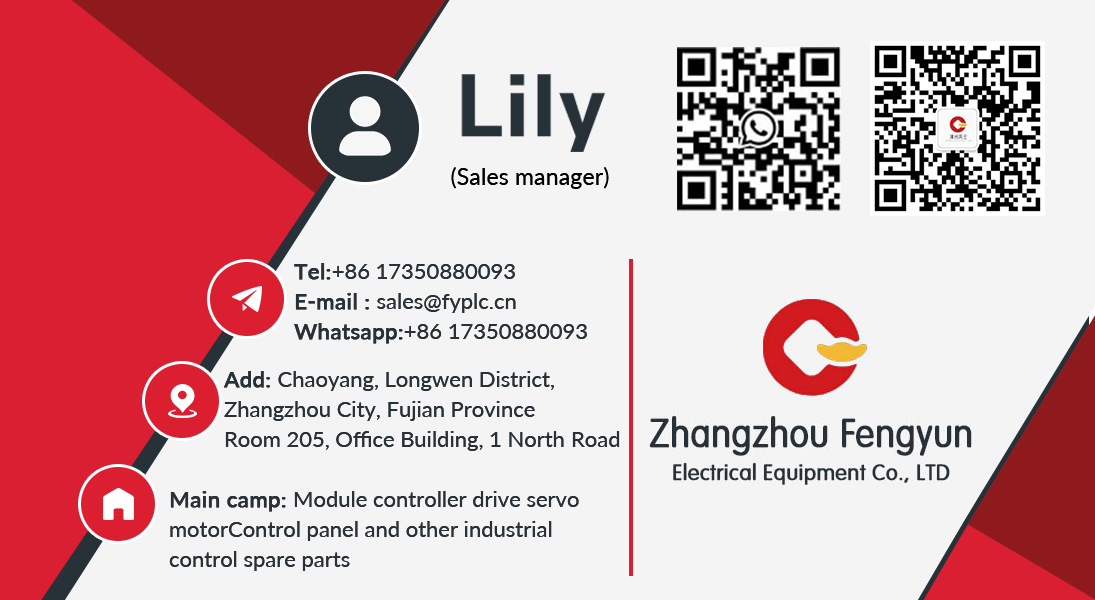

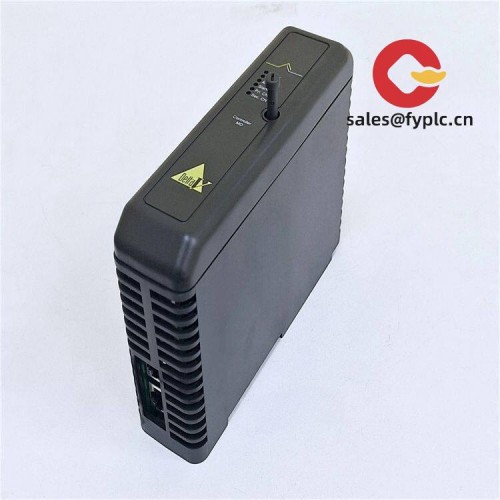
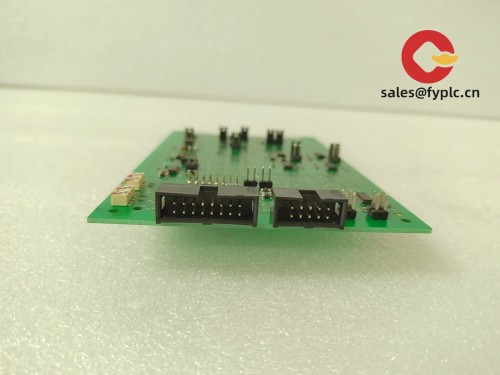
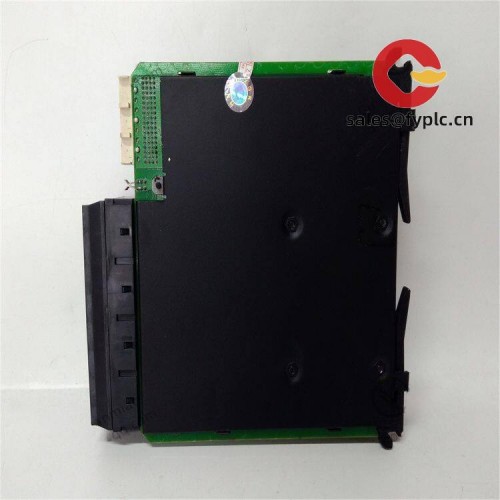
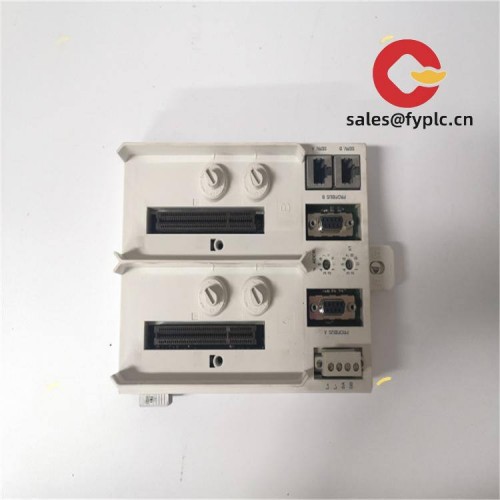


Reviews
There are no reviews yet.